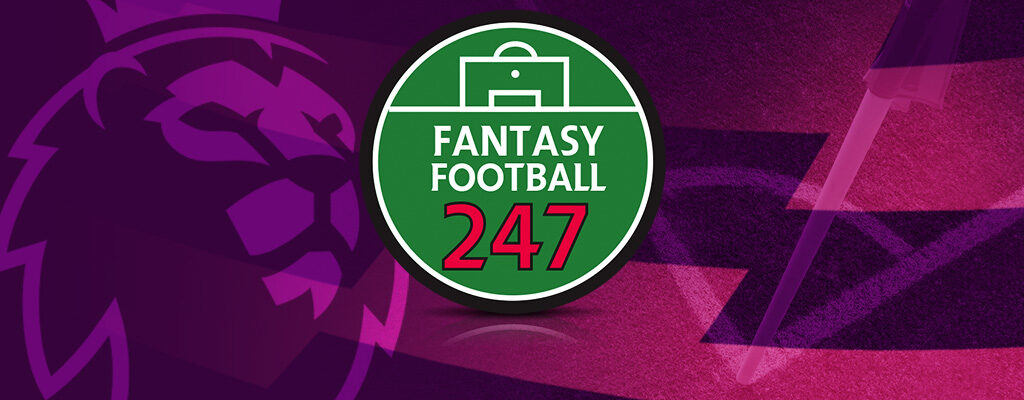A guide to watching the 2020/21 Premier League season
When Premier League football was put on a four-month hiatus for Coronavirus, it seemed like it might never return. However, last season did eventually conclude ‘behind closed doors’ in July, with most of the remaining games televised.
Just seven weeks later, the new 2020/21 campaign kicks off on September 12th and it could see a boom in viewers tuning in to cheer it on. Thankfully the TV broadcast rights are well scattered across several providers, with all offering online streaming options for subscribers.
In this guide we developed with Broadband Genie, we’ll first identify some important pointers for ensuring your broadband can keep pace with the action, before highlighting the key broadcasters vying for your support.
Preseason Preparations
Mobile networks aside, it’s vital to get home broadband setups right when approaching video streaming. Football is no exception and in fact, with the Premier League renowned for the pace of play, you won’t want to be left lagging.
Broadband bandwidth or speed, measured in Mbps, is paramount with the highest rates associated with fibre connections. It’s no coincidence therefore that the two leading PL broadcasters bundle their TV services with fibre broadband, which could be a good upgrade option should you need it.
Performance Pointers
If you already have fibre, there are still some useful general tips for maximising performance before that whistle blows. The last thing you want is quality loss or any buffering to occur, especially if it means missing a goal!
Ensure the stoppages are kept to a minimum by:
• Reducing demand. Excessive traffic strain bandwidth and reduces overall speed so limit simultaneous network activity such as additional streaming or downloads.
• Improving the signal. Trying moving the household router to a centralised spot to widen the range of coverage. Keep it away from walls or other appliances and perhaps add repeaters to boost the signal in larger properties.
• Hooking up. Just like TV set-top boxes, you will get a faster and more reliable connection by wiring your streaming device to the router via network cable.
• Switching channels. Not on your TV, on your router! If you live in a block of flats and find Wi-Fi performance abnormally affected, then try switching signal frequencies within the settings to cut out interference from neighbouring networks.
With your home broadband trained and tweaked up to perfection, it’s time to assess the broadcaster options for watching the 200 scheduled games.
Sky’s the limit
SkySports is still the champion rights holder for Premier League coverage. For the 2020/21 season, and indeed the following campaign, they will air 128 of the biggest and best fixtures.
Available as a £23 per month bolt-on for Sky’s basic TV subscription, viewers get access to 8 SkySports HD channels along with the use of Sky Go. This basically facilitates online streaming to web-enabled devices and smartphones – a useful feature for travelling fans.
Sky’s PL coverage includes every “first pick” match and 14 of the “second pick” games each weekend for maximum box-office appeal.
Super Sunday covers 2pm and 4pm ties, while Monday and Friday Night Football programmes are also now joined by Saturday 5:30pm matches too. Analysis of lunchtime results can be followed on Soccer Saturday, hosted by Jeff Stelling.
If the prospect of signing an 18-month Sky TV contract is less desirable, you might consider NOW TV instead. This streaming-only service offers a daily or monthly Sky Sports Pass for £9.99 and £33.99 respectively.
BT in the running
Like Sky, BT bundles premium TV services with the kind of fibre broadband products that streaming demands. Also available standalone, its BT Sport channel will exclusively show 52 live games throughout the 2020/21 season.
Packages start from £15 a month for a 2-year minimum signup, while a special Monthly Pass can be purchased for £25 without a contract. It’s worth noting that more expensive subscription deals tether Sky Sports access through NOW TV.
In terms of BT Sport’s coverage, fans can typically expect to view Saturday lunchtime (12:30pm) fixtures most commonly with the channel also airing all UEFA Champions League matches for the year.
Prime’s position
Very much the minor player currently in Premier League broadcasting, Amazon Prime TV holds the rights to show 20 matches each season until 2022.
This broadcasting deal includes live coverage from one Bank Holiday and one midweek set of matches, which included some important December ties last season. Amazon aired fixtures on Boxing Day in 2019/20, with additional ties added to its roster due to the Covid-19 disruptions.
Although those “freebies” are mercifully less likely this term, Amazon’s limited football output could still be favourable for more casual viewers. Programming, like its tennis coverage, is wholly included in the standard Prime membership of £7.99 per month or £79 per year.
Streamable across all devices, a 30-day free trial offers a chance to preview the service with subscribers able to cancel at any time.

